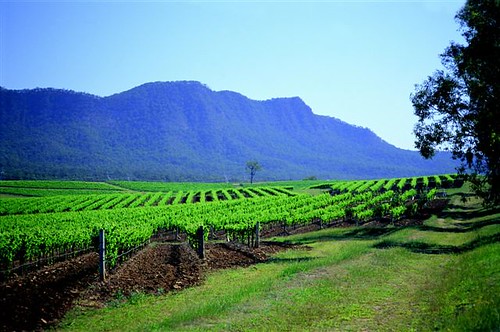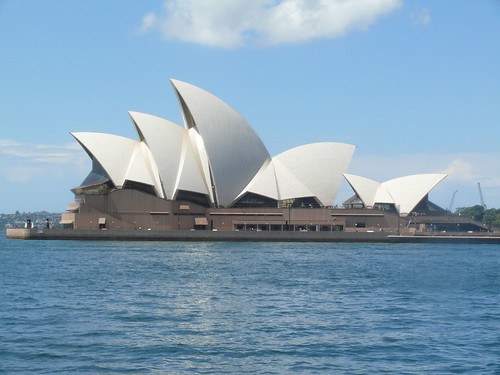Located 240 kilometres east of Darwin in Australia’s tropical north Kakadu National Park is the largest national park in Australia. The park covers almost 20,000 square kilometers it is approximately the size of Israel. This unique archaeological and ethnological reserve has been inhabited continuously for more than 40,000 years.
Culture
Approximately 300 Aboriginal people reside in the park, including traditional owners and Aboriginals with recognized social and traditional attachments to the area. The park contains one of the highest concentrated areas of aboriginal rock art sites in the world; the most famous examples are at Nourlangie Rock and Ubirr, sacred and art sites.
The traditional owners Bininj Mungguy have lived on and cared for this country for more than 50,000 years. Their deep spiritual connection to the land dates back to the Creation and has always been an important part of the Kakadu story.
The secret to discovering Kakadu is taking your time. You’ll find stories, secrets and sights never imagined. It is impossible to appreciate the full breadth and beauty of the park in a fleeting visit – if you can afford the time, spend a week or more.
Nature

Jim Jim Falls, Kakadu National Park via Wikitravel
Because of its diversity of land systems from marine and coastal habitats (which support substantial turtle and dugong populations) through to the arid sandstone escarpment, Kakadu is one of the world’s richest wildlife parks. Is home to 68 mammals (almost one-fifth of Australia’s mammals), more than 120 reptiles, 26 frogs, over 300 tidal and freshwater fish species, more than 2 000 plants and over 10 000 species of insects. It provides habitat for more than 290 bird species (over one-third of Australia’s birds). Its internationally important wetlands are a major staging point for migratory birds. Some of these species are threatened or endangered. Many are found nowhere else in the world and there are still others yet to be discovered.
The Creation Ancestors gave Bininj/Mungguy a kinship system linking people to all things and the cultural responsibility to look after them all. They have always understood the biodiversity of country and their traditional ancestral knowledge is a vital part of managing Kakadu’s rich environment.







